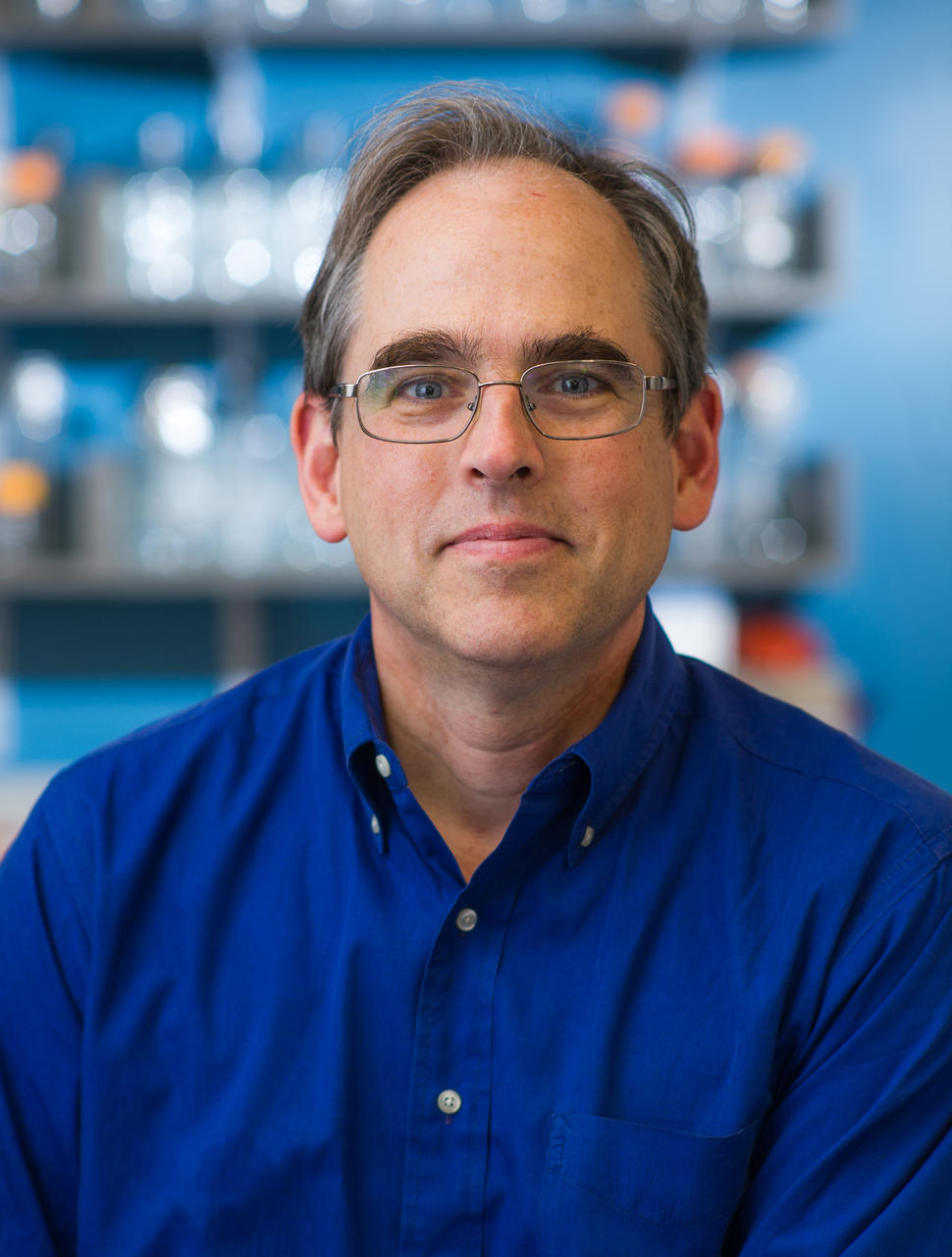Peter Sorger, Ph.D., a CSBC investigator at Harvard Medical School, constructs and validates network-level models of pharmacological actions.
As a graduate student in England, he prepared protein extracts by breaking up yeast cells with liquid nitrogen in a giant food processor. Since other scientists found this task so alarming, he had to do it covertly while hiding behind a couple of bricks on the loading dock. However, Dr. Sorger survived and his hard work helped him characterize one of the first eukaryotic transcription factors involved in stress responses.
Later, he used his critical thinking and analytical skills to investigate chromosome segregation as a postdoc in the lab of Dr. Harold Varmus. This eventually led him to studies of cell transformation, cell death, and signal transduction.
Now, he uses systems approaches to understand the mechanisms of response and resistance to cancer treatments. In this interview he discusses his views on cancer systems biology, shares his perspective on collaboration, and describes his CSBC research.
How do you define systems biology?
Systems biology really attempts to explain phenotypes in cellular, tissue, and animal behavior in terms of the interactions between multiple genes and proteins using quantitative tools. A practical manifestation of that is always having some computation and some experimentation, which work together to produce formalized computational models.
What advice do you give to trainees in systems biology?
Interdisciplinary science is collaborative. If you’re going to enjoy the field and succeed as a trainee, then you need to enjoy collaborating with people who have different points of view.
The other piece of advice is that when you build a strong collaboration, learning about the other side of the equation can go a very long way. All the computational scientists in my lab get experience with experimental design. All the experimentalists learn some amount of programming and statistical analysis.
You do not need to become an expert in everything, but you need to understand what your collaborators are doing at a conceptual level.
Why is team science important for your CSBC research?
My lab is studying responses and adverse effects with immunotherapy and small molecule drugs, which are two primary forms of cancer therapy. The goal is to determine if an individual patient should have an immunotherapy, a small molecule drug, or both, as well as to understand how to maximize benefit to individual patients by sequencing between drugs.
Within the CSBC Center, different people with expertise in different areas are working together to achieve this goal. Dermatologists and gastroenterologists provide expertise in toxicology. Melanoma oncologists bring expertise in disease progression and therapeutic response in the clinic. Arlene Sharpe is a leader of cancer immunology and immunotherapy studying fundamental mechanisms from a systems biology perspective.
My lab ties several of these areas together with computational frameworks.
Why are you focusing on immunotherapy and targeted therapies for your research?
In melanoma, patients with mutant BRAF are currently treated with small molecule drugs. A substantial fraction of patients respond to this treatment, but resistance often develops within a few years.
Melanoma patients without mutant BRAF are often treated with immunotherapy. However, only a subset of these patients will respond to treatment.
There are two things playing off against each other - a relatively rapid response that’s not going to last long and a relatively slower and less frequent response that’s long lasting. How do you get the best of both worlds?
For an individual melanoma patient, should you start him/her on immunotherapy or a small molecule drug? What happens to the environment of the tumor when you use one treatment after the other? These are both basic science and translational questions that we are addressing with our research.
It’s realistic to believe that outcomes from our CSBC center would change prescribing habits. We have a very explicit goal to change either diagnosis or treatment recommendations for diseases, like melanoma, based on better translational science within the lifetime of our center.
How important is the CSBC program for the research in your lab?
It’s one of the most important grants for my lab. The research I’m doing as part of the CSBC is exactly the science that I wanted to do when I moved into the field of cancer systems biology.
My lab’s mission is to bring quantitatively rigorous science directly to clinical problems. There’s no other grant program that’s as good as the CSBC for this type of work. I think it’s an amazing consortium. My lab and CSBC center are incredibly lucky to be a part of it!
